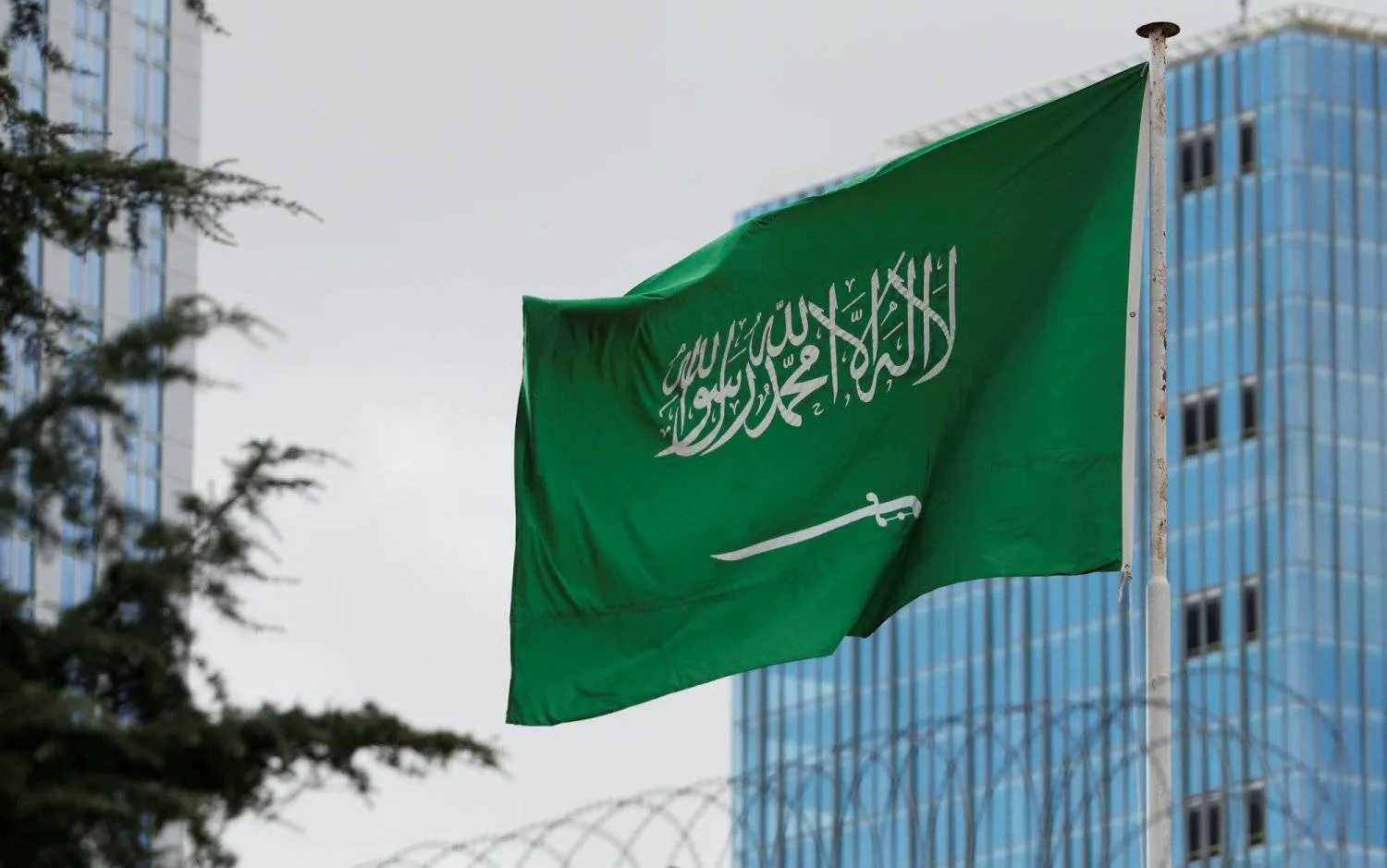Chairman of the Board of Directors of the GV Investment Group Egypt, Sherif Hammouda stated Tuesday that his company is ready to be part of a coalition between two, German and Chinese, clean energy production companies.
The coalition seeks to launch a project to manufacture electrolyzer units that produce green hydrogen, in the Egyptian industrial city of Tarbol, with a capital of $100 million.
In his statements to Asharq Al-Awsat, Hammouda announced that the production capacity of the project would reach 500 megawatts in order to “increase energy alternatives across the Republic”.
The project will be declared in the coming week, he added.
A well-informed source said that the initial studies of the new Egyptian-Germany-Chinese coalition resulted in the decision to produce Alkaline electrolyzers because they are low cost, easy to use, and can be used in industrial activities.
The basic form of an electrolyzer unit contains an electrolytic cell with two electrodes – a cathode (negative charge) and an anode (positive charge) – and a membrane.
There are three main types of water electrolysis technology: proton-exchange membrane (PEM), alkaline and solid oxide. Alkaline electrolyzers contain water and a liquid electrolyte solution such as potassium hydroxide (KOH) or sodium hydroxide (NaOH).
Rystad Energy’s latest projection for green hydrogen production by 2030 is 24 million tons from 212 gigawatts (GW) of electrolyzers, fueled by the latest round of incentives such as the Inflation Reduction Act and Europe’s multitude of support plans.
This coincides with the Egyptian government stepping up efforts to advance green hydrogen production projects in Egypt amid a global energy crisis. It signed several agreements and MoUs with global and Arab companies to establish projects worth billions.
Hammouda went on to say that his company inked deals with the French company Amarenco and an American company, which he didn’t disclose its name, to inaugurate a project to produce green ammonium in favor of upper Egypt.









